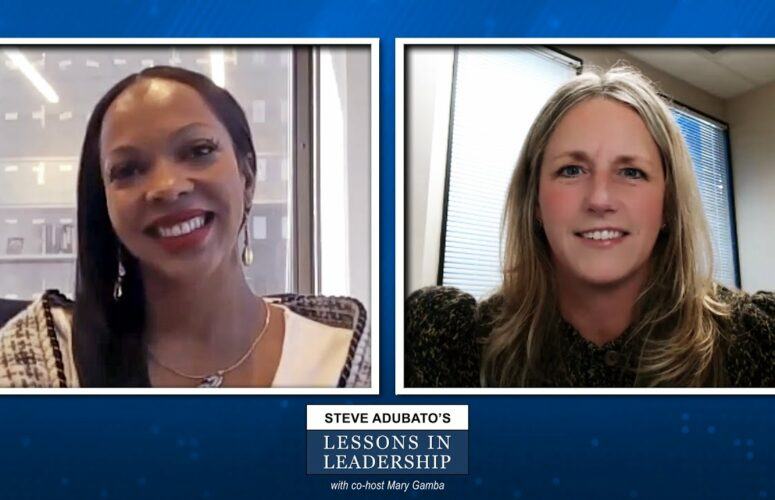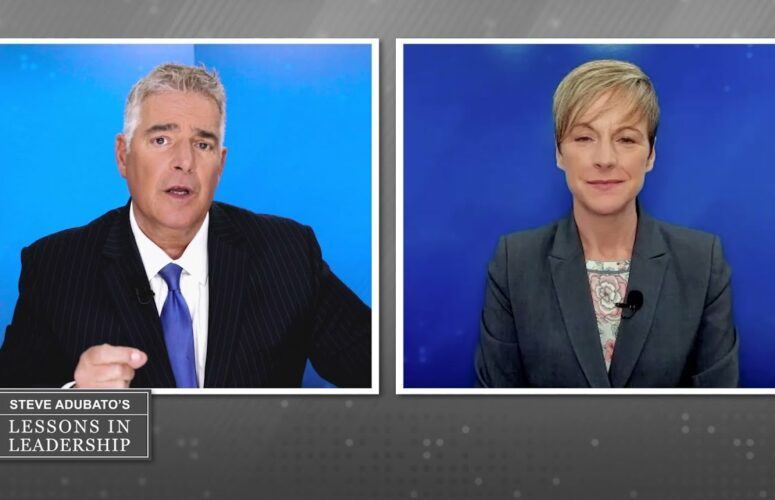Strategic Thinking, Planning and Communication
By Steve Adubato, PhD On Nov 2, 2021In this special edition of Lessons in Leadership, Steve Adubato and Mary Gamba are joined once again by Greg Lalevee, Business Manager & General Vice President, International Union of Operating Engineers Local 825, who talks about motivating others and investing in your team. Then, Steve talks with DeForest B. Soaries, Jr., Senior Pastor, First Baptist Church of Lincoln Gardens, and Founder, Corporate Community Connections, Inc. about the importance of challenging the status quo.
Many professionals struggle to truly understand what it means to be a strategic thinker, leader, and communicator. Too often, a leader or manager mistakes having a lot of meetings, “to do lists” or projects underway with being strategic. Unfortunately, when we get caught up with our day-to-day tasks or get consumed with deadlines and conflicting priorities, we lose our focus of what is most important, or strategic, to dedicate our attention to. When this happens, we can quickly lose the confidence of our team members and key stakeholders if they are receiving mixed messages from us or we are missing deadlines. Consider the following keys to becoming a more strategic leader:
Know your message and key audience. Strategic leaders and other key team members communicate the right message to the right audience for the right reasons at the right times to achieve an optimal outcome. They do this knowing that the environment in which they communicate is constantly changing and evolving. For example, while we may have a specific message about a product or service we can provide a particular client, those needs may change based on specific challenges they are facing. The key is to ensure your message is in sync with your key audience’s changing needs at all times.
Keep an eye on the big picture. Strategic leaders understand the difference between “organizational integration” versus an “operational mindset.” Simply put, day-to-day tasks and responsibilities should not get in the way of leading and thinking strategically about the overall future of the organization. Sure, strategic micromanaging has its place, and it is important to check in with your team as they are working on a project. However, if you are too “in the weeds” with the small details of a project, it will take your focus away from the bigger picture issues only you can (and should) be handling.
Be disciplined, yet ready to pivot. While strategic leaders and other key team members communicate in a highly disciplined and focused fashion, they are also equipped with the “strategic agility” to adapt, revise and change the message, and possibly the mode and timing of their communication, based on having a keen understanding of key stakeholders and important internal and external variables. Especially in these challenging times given COVID-19, as a leader, your communication may have to change on a dime. When this happens, how and what you communicate will greatly impact how your message is received.
Ask questions. Strategic communicators ask probing, open-ended questions, facilitate engaging and goal-oriented meetings, initiate change that is needed and motivate others to get on board. This all goes back to asking a specific question of a specific person for a specific reason. Avoid saying, “any questions?” in a meeting, as this often results in awkward silence.
Hone those presentation skills. The most strategic leaders and communicators ensure that their presentations have a clear message, move and motivate a particular audience, and lead people to act in an effort to achieve specific and desired goals. It is all about being prepared to answer the question “so what” as you are presenting, meaning, why will my audience care about what I have to say?
Give and receive hard to hear feedback. Strategic leaders and team players communicate and receive candid and constructive feedback with and from other team members. They are also committed to coaching, mentoring and developing others as part of a “bigger picture” overall succession plan. One of the most rewarding aspects of being a leader is supporting your team and watching them grow into the leaders they are capable of being. This often involves telling them what they need to hear as opposed to what they want to hear.
Related Articles:





